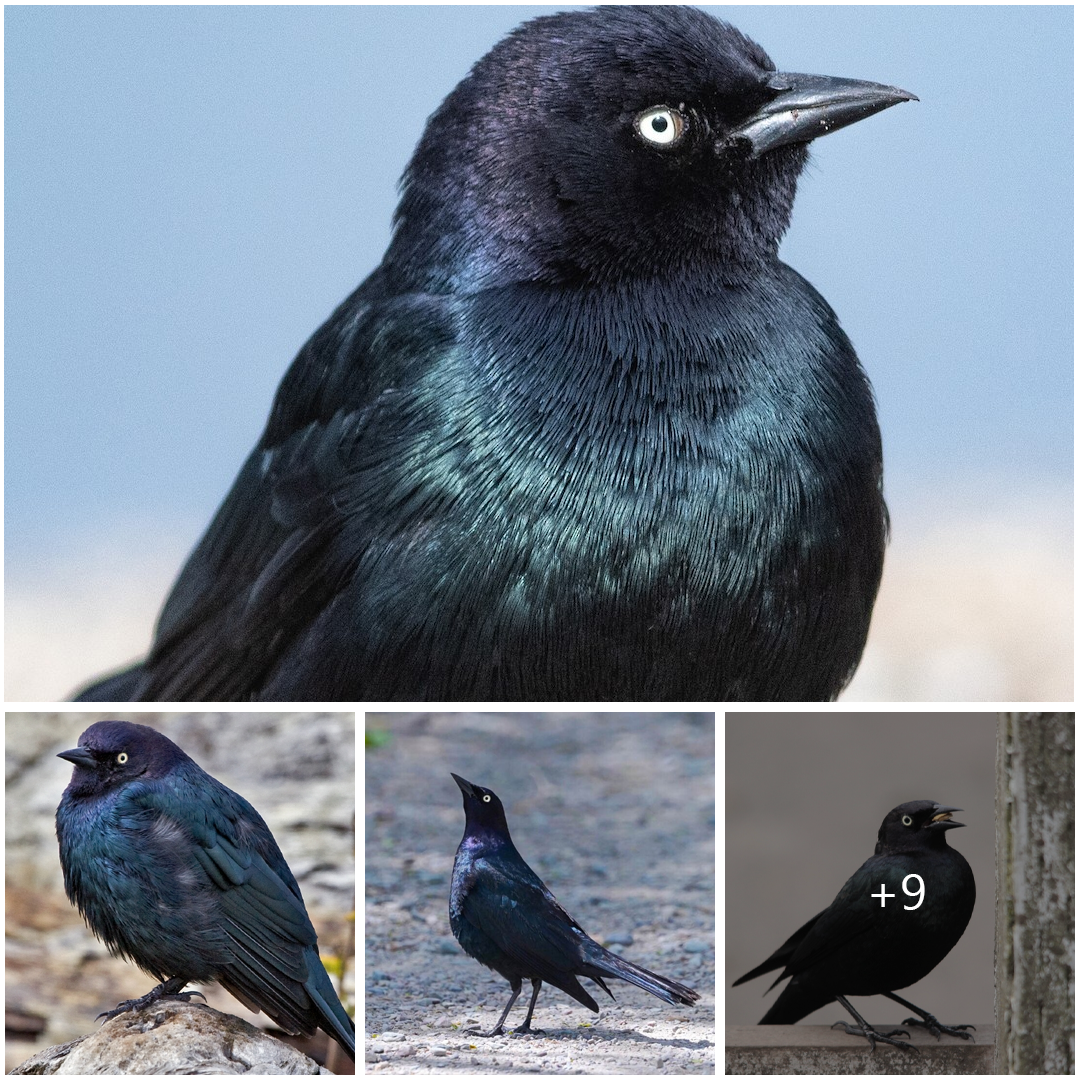
Analyzing the Blackbird: A Common Avian Resident
The blackbird, scientifically known as Turdus merula, is a widespread and familiar bird species found across Europe, Asia, and North Africa. In this analysis, we explore the characteristics, behavior, ecological significance, and cultural symbolism of the blackbird.
Physical Characteristics: The male blackbird is known for its striking appearance, with glossy black plumage, a bright yellow beak, and a distinctive orange-yellow eye ring. In contrast, females are brownish-black with streaked underparts. Both sexes have long legs and a slender, pointed bill suited for probing the soil in search of invertebrates.
Behavioral Traits: Blackbirds are primarily ground foragers, feeding on a varied diet of insects, earthworms, berries, fruits, and seeds. They are often observed hopping and running across lawns and open areas while foraging. During the breeding season, male blackbirds are known for their melodious songs, which they use to defend territories and attract mates.
Ecological Significance: As omnivorous birds, blackbirds play a vital role in controlling insect populations, particularly pests that damage crops and gardens. Their consumption of fruits and berries also aids in seed dispersal, contributing to the regeneration of plant species. Additionally, blackbirds serve as prey for various predators, contributing to the intricate web of ecological interactions within their habitats.
Cultural Symbolism: The blackbird holds significant cultural symbolism in various societies and traditions. In folklore and mythology, it is often associated with mysticism, transformation, and rebirth. In literature and poetry, blackbirds are frequently depicted as symbols of freedom, resilience, and the human spirit’s capacity for renewal.
Conservation Status: Overall, the blackbird population remains stable and is not currently considered threatened. However, habitat loss, pollution, and predation by introduced species can pose localized threats to blackbird populations. Conservation efforts focused on habitat preservation, sustainable land management practices, and the reduction of pesticide use can help safeguard the blackbird and its ecological role.
Conclusion: In conclusion, the blackbird is a familiar and iconic bird species with a rich tapestry of characteristics, behaviors, and cultural significance. From its glossy plumage and melodious songs to its role in maintaining ecological balance, the blackbird continues to capture the imagination of bird enthusiasts and symbolize the interconnectedness of nature and human culture. Protecting the habitats and ecosystems that support blackbird populations is essential for ensuring their continued presence in our shared environment.





